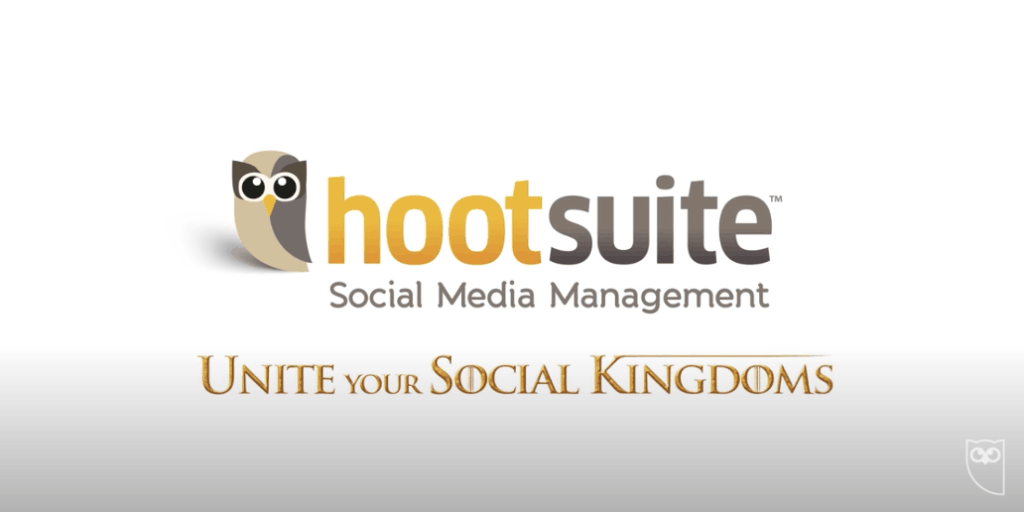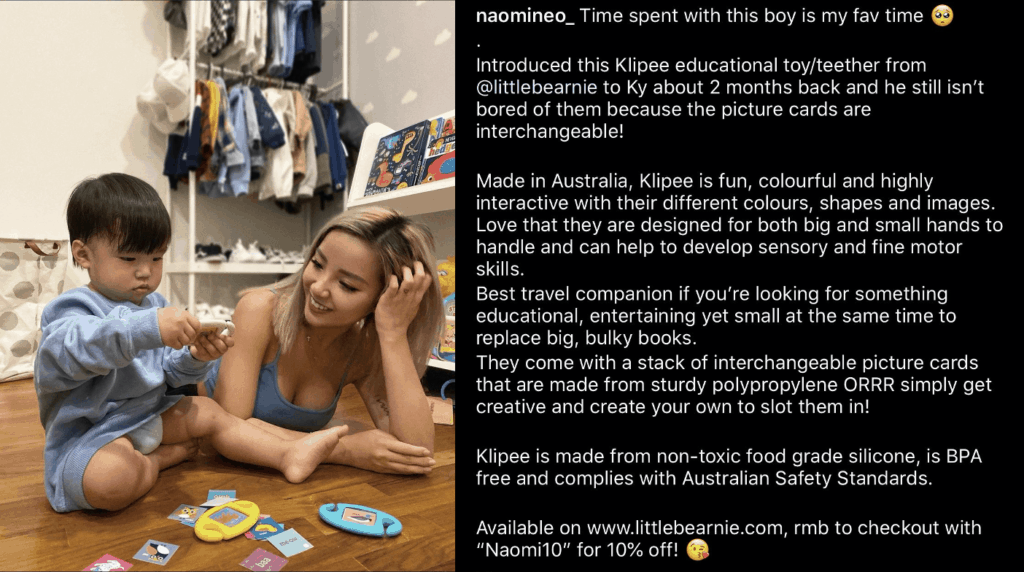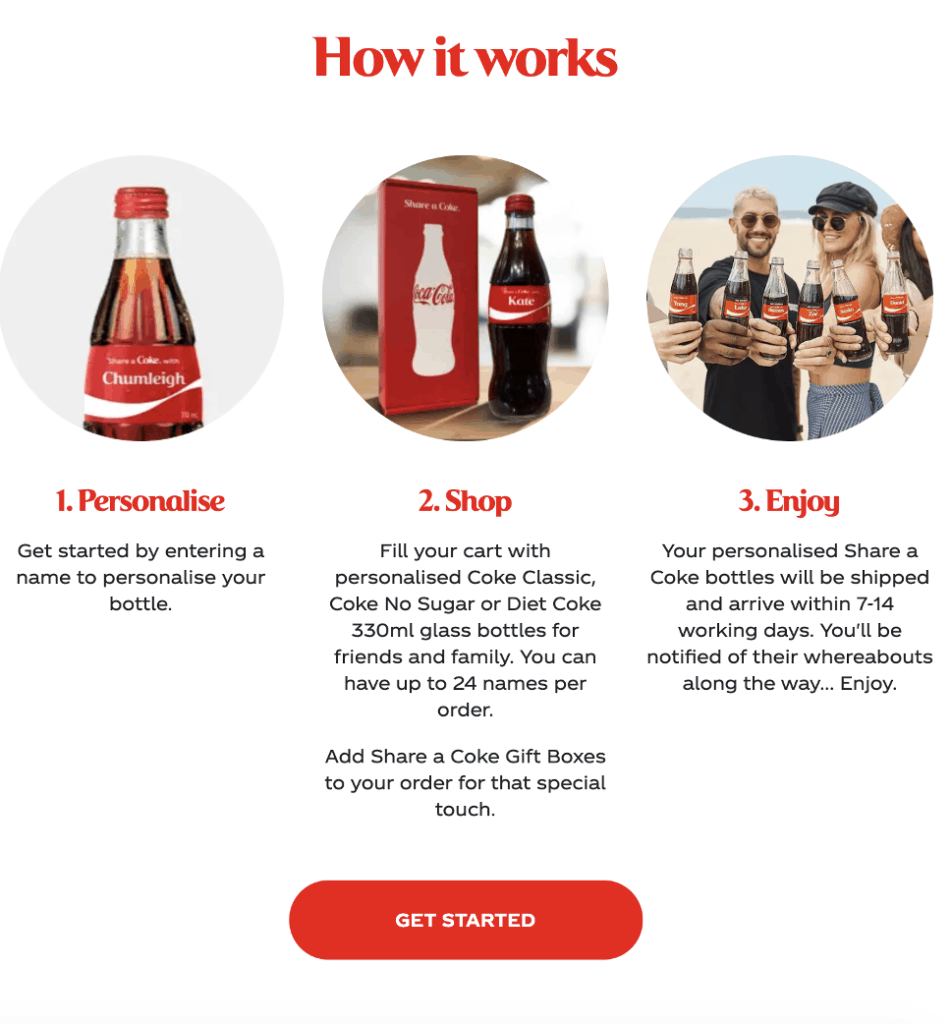If you are Netflix junkies like us and have caught all four seasons of Money Heist, you would agree on the genius of the storyline. The whole plot is built on the premise that a capable team of robbers is always one step ahead of the police. Furthermore, as the personalities of each character develops, relationships play out, and unexpected setbacks arise along the way, we as viewers are gripped with a mix of anxiety and thrill of wanting to watch on and see how the heist eventually pans out. Drama series like these are just one of the many forms of content marketing (albeit a very high-level and costly one).
However, the key point remains — that effective content marketing is one that is able to capture the interest and hold the attention of our audience, while at the same time, connect with them on an emotional level.
According to Content Marketing Institute, content marketing is a marketing technique of creating and distributing valuable, relevant and consistent content to attract and acquire a clearly defined audience – with the objective of driving profitable customer action.
Being able to create and deliver relevant and valuable content, depends on a brand’s ability to understand its customers well. This shifts the focus off your brand and its products, and over to your audience instead, zooming in on what they really care about. Only then would the value created be aligned with the same value that would draw them in.
Types of Content
Variety can be helpful, so what are some types of content that you can use to drive results for your business?
1. Blogs
First of all, there are the good ol’ standard blog posts and articles that provide your audience with more insights on a certain topic — pretty much like this one. This is still useful and effective if you are seeking to educate your audience, or even to do a comparison of your different products with that of competitors’. By posting blogs regularly, this can also help to improve your website’s SEO and in turn, help drive traffic to your landing page.
2. Videos
Video platforms like YouTube are rising in popularity, and an increasing number of businesses are jumping on this bandwagon to use it as part of their digital marketing strategy. This is because video content is a very effective format to share huge amounts of information quickly, showcase and demonstrate a product’s features, or narrate a brand/campaign story in an immersive and engaging way. Other than the usual YouTube videos, there are also many up-and-coming video platforms like Instagram’s Stories and Tik Tok’s micro-video content. These bite-sized and attention-grabbing content can help in attracting a younger audience that is always on the lookout for entertainment.
An example of a creative video content is Hootsuite’s “Game of Social Thrones”. If you are a “Game of Thrones” fan, then this video might resonate with you. The brand cleverly borrows the name and concept of this popular TV series and uses it in one of its product videos. Being a social media management tool, Hootsuite allows you to manage all of your accounts in one place, and in that video, they showcase this feature by depicting all the social media platforms in a battlefield, with Hootsuite right in the middle connecting them all. Rather than simply pushing out its products, Hootsuite chose to introduce their tool in a less hard-sell manner. By taking this informative, creative and relevant approach, this helps the brand’s audience to be more receptive to its content.

3. Landing pages
Websites play a crucial role for businesses too. They say, “websites are the ‘shop front’ of your business online” and more often than not, a brand’s website is where it houses all its content and important information. Therefore, a website’s landing page is vital in influencing a consumer’s first impression and experience of the brand. Landing pages that are aesthetically attractive or feature special offers and promotions, tend to be better at retaining and converting customers than your regular home page. These not only give relevant and valuable information, but are effective in encouraging call-to-action as well.
4. Infographics
Another excellent way of presenting data and information in a digestible format is through the use of infographics. Long pages filled only with words are guaranteed to lose your audience’s attention. In contrast, infographics help to present bite-sized information in a more organized, succinct and engaging manner, making it easier for people to quickly understand (Image: AW Consulting).

5. Social Media posts
Social media is another imperative tool in content marketing, especially in today’s modern digital landscape. As your audience are on social media, what better way to reach them than on these same platforms? In fact, consumers tend to be more receptive to content that they come across on their social media feeds as compared to other forms of content on other platforms.
Read more on the different types of content and how to use them here.
3 Keys to Effective Content Marketing
Consumers now have unlimited access to what the internet has to offer, and have the luxury of filtering and choosing what content they want to consume. In the sea of content available out there, here are some ways to ensure that yours stands out.
1. Create Valuable Content
Although it’s like stating the obvious, the truth remains that people will not engage in anything they perceive to be ingenuine or a waste of their time. Thus, apart from just “looking good” or “jumping on trends”, your content needs to have purpose and meaning to it. Relevant and valuable content are those that provide information, address queries or offer solutions to your audience. Only then would visitors start taking an interest in your content, and find reason to follow and trust you. The ultimate goal at this juncture, is for your audience to remember you. Studies have shown that good brand recall helps in the purchase decision-making process later on.
Charmin uses a very interesting approach in creating valuable content. They identified a common problem that people face everyday, and came up with a solution which they then used to build a social media campaign around. Their app, Sit or Squat: Restrooms Near Me! sounds a little silly when you first hear about it, but it actually helps customers solve a very real problem, all while staying true and relevant to the brand (Image: charmin.com). This app allows users to check if the local toilets in their vicinity are clean or not, which was not only useful, but also got people talking about it. By addressing an actual need, this helped the brand to strengthen its relationship with customers, increase its brand affinity, and ultimately its conversion rates. Furthermore, given the interactive nature of the app, this gave consumers the chance to engage with the brand through the app experience.

2. Share it on Multiple Platforms
Creating content is the first step, ‘getting the word out’ or distributing it is the next. To maximise your reach and get your content to your target audience, try sharing it on different social media platforms, or optimizing your content in search engines. On social media, you can either publish it on your own profile, or partner with influencers who share the same values, and whose follower demographic aligns your target audience, so as to amplify your reach. Take local influencer Naomi Neo for instance. Using a mum to promote a toy retailer definitely lends a greater level of credibility. This is because other mums who follow her would probably be more open and receptive to trying out the product after having heard from a fellow user about it, rather than the brand making the claim itself.

3. Implement Clear Call-to-Action
After being exposed to your brand and its content, interested users tend to explore the brand’s other touch points as well so as to ‘get to know’ it better — this includes your social media profiles, your website, and basically everything that is related to your brand. This helps them to build brand familiarity. However, as for most brands, familiarity is not the main goal; the ultimate goal is conversion – the bottom line. This brings us to your call-to-action, which could be something as simple as helping users to “learn more”, or something as wallet-burning as “add to cart”.
3 Benefits of Content Marketing
As established earlier, the purpose of Content Marketing is to attract and develop a specific target audience, with the goal of ultimately encouraging customer engagement, and enhancing the behaviour your customer has towards your brand. In this final section, we explore the different ways in which Content Marketing brings customers through that journey, and strengthens their relationship with the brand.
1. Brand Awareness & Reach
Building brand awareness through content marketing is not just an effective strategy, but a cost-efficient one too, especially when compared to advertising or PR. The fact is, not everyone will be searching for your products and services – or even keying in your brand name – directly. So what are some ways for them to know that your brand even exists?
The answer lies in the name itself — content. People today rely on Google to search for almost anything and everything. This is where content creation comes in. Finding out what the areas of interest that are closely related to your brand are, can help to inform what kind of content to create, so as to effectively target them even when they are not actively searching for your brand. The more related content you create, and the more backlinks to your website and other online platforms you have, the higher the chances of your brand’s visibility. Furthermore, couple it with SEO, this can boost your search rankings and your overall brand awareness as well. Remember, search engines reward businesses that publish unique, quality content. Thus, it is important that each piece of content you push out is well thought through as they all add up to the brand’s share of visibility and reach.
2. Engagement with Customers
It is one thing to get your audience to like your content, but a whole other thing to keep them interested and constantly engaged. Engaging your customers through the different content you put out is important because that helps deepen your relationship with them. Besides using blogs and landing pages to capture web traffic from organic searches, you can try other sources too — like live events or O2O (online to offline) activations. Use different and innovative ways to keep your audience engaged.
A brand that has managed to do a good job engaging its customers both online and offline is Coca Cola. Leveraging its understanding of how their customers think and what they value, Coca Cola has managed to give them an unforgettable, personalised experience (Source: Investopedia.com).

Coca Cola’s “Share A Coke” campaign gives everyone the opportunity to express a little individuality and personalisation in their drink (Image: Bizjournals.com). Aware that names are what customers use to define their identity and therefore hold importance to, the brand allowed them to use their names and personalize their very own Coke bottles. Alternative words like “Besties” and “BFF” were also an option for customers looking to spread love and happiness with their loved ones. This was perfectly in line with Coca Cola’s mission of sharing happiness, which gave this campaign an even stronger selling point.
Apart from this offline activation, the brand was also able to effectively integrate this into a form of online engagement. The slogan “Share a Coke” served as a very powerful call-to-action, which encouraged their already enthusiastic customers to share their personalised bottles online. With users posting and sharing on social media using the campaign’s hashtags, this was a smart way for Coca Cola to amass a reservoir of UGCs (user generated content).
Eventually, the resounding success of this campaign led the brand to extend it into something more long-term. Coca Cola has since opened up a shop online for customers to order their personalised bottles from. On top of that, song lyrics can now be included on the front of the bottle as well so people can share happiness and music all at the same time. In 2017, Coca Cola allowed customers to hear a short jingle with their name on it and in 2018, Coca Cola made their name labels removable, which can be worn as a fashion piece on their clothing or fastened on anywhere. In all these, the brand ensured that the level of creativity and engagement was maintained, and that the experience was as personalised as it can get.
Through this campaign, not only was Coca Cola able to give customers a unique experience, but was also able to continually engage them and keep them interested. This strengthens the relationship that customers have with the brand, and allows them to know that with Coca Cola, they can always expect something new and interesting.
3. Strengthening Bonds with Customers
Lastly, after establishing a certain level of brand awareness, it is time for the brand to focus on retaining its visitors and turning them into regulars. One solution is of course, to produce more content. Give people the reason to visit your website or social media profile on a regular basis. The more (great) content you create, the higher the brand familiarity and affinity; the higher the brand familiarity and affinity, the stronger your brand becomes and the more effective its marketing.
Overall, Content Marketing is a very powerful marketing strategy for your business. Still, in order for it to be effective, always remember to keep your audience in mind, and think about how you can make the experience of interacting with your content as enjoyable as possible. Also, remember to have fun in the process and be innovative! There are endless lists of content you can come up with that can convert your visitors to loyal customers. If you need help taking the next step, or feel like you are running out of ideas, feel free to contact us! We’ll be more than happy to help.
— —
Hero image: Samuele Giglio, Unsplash

